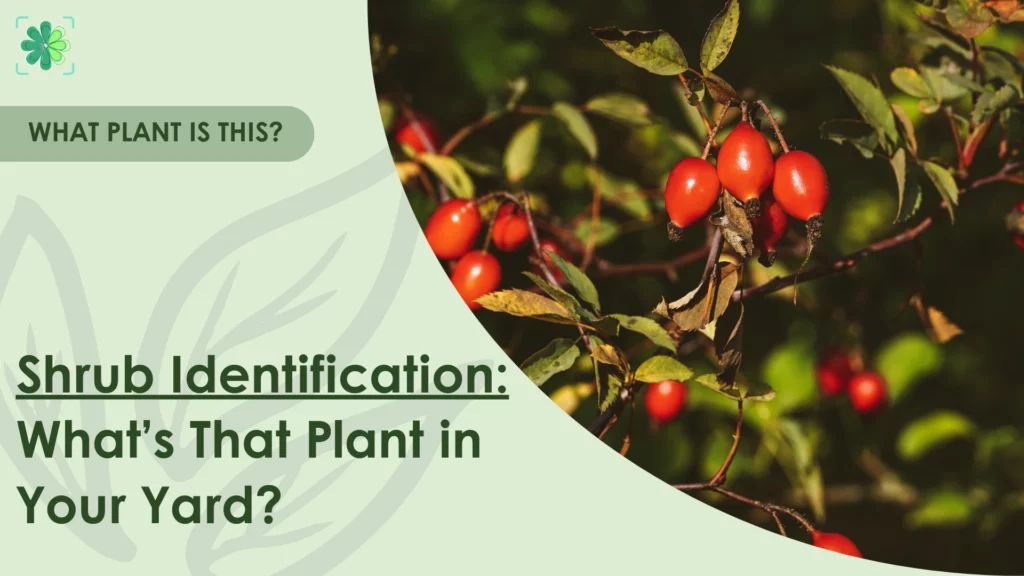
I bet that you once looked at a plant in your yard and thought, “What is that?” You’re not alone. Many shrubs go unidentified, even in our gardens. That’s why learning shrub identification helps you make better gardening choices, avoid harmful plants, and connect more deeply with your landscape. This guide will show you what to look for and how to identify shrubs more easily, even with the help of a plant identification app. Let’s get started!
What Is a Shrub?
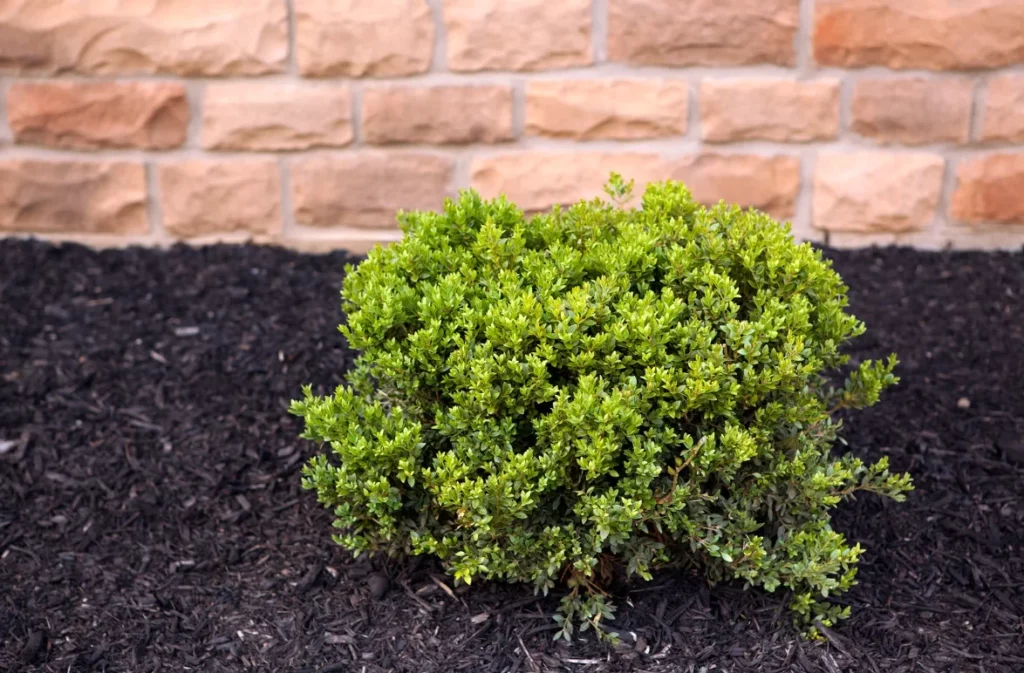
A shrub is a woody plant that is shorter than a tree and usually has multiple stems growing from its base. Most shrubs range from 1 to 15 feet tall. They can be evergreen (keeping their leaves year-round) or deciduous (shedding leaves in fall). Some are compact and rounded, while others are upright or sprawling.
Shrubs are common in gardens, parks, wild landscapes, and along roadsides. You’ll find them used as hedges, privacy screens, foundation plants, or simply as decorative highlights in yards. When doing shrub identification, understanding a plant’s overall shape and woody structure is your starting point.
How Is a Shrub Different from a Bush or a Tree?
The words “shrub” and “bush” are often used interchangeably, and in most everyday situations, that’s perfectly fine. However, when identifying plants, it helps to know the subtle distinctions. Here’s how shrubs compare to bushes and trees:
| Feature | Shrub | Bush | Tree |
| Definition | A woody plant with multiple stems | Informal term for a small shrub | A woody plant with one main trunk |
| Height | Typically 1–15 feet tall | Similar to shrub | Usually over 15 feet |
| Growth Habit | Multi-stemmed, branching from the base | Often low, rounded form | Single stem (trunk), with crown of leaves |
| Maintenance Use | Landscape, hedges, wildlife cover | Informal, natural appearance | Shade, structure, ornamental |
As you see, there’s no strict difference between a shrub and a bush. “Bush” is just a more casual word for the same thing. In contrast, a shrub is clearly different from a tree: shrubs are shorter and have multiple stems, while trees grow taller with a single trunk.
How to Identify a Shrub in Your Yard?
Start by asking the right questions while you’re figuring out what’s growing in your yard. Here’s how I recommend approaching it in the field or at home:
Assess Growth Habit and Structure
Most shrubs grow under 15 feet tall and branch from the base. But that’s just the beginning. Pay attention to:
- Height at maturity: Is this a low-growing groundcover shrub (like juniper), a mid-sized ornamental (like hydrangea), or a taller privacy hedge (like arborvitae)?
- Overall form: Rounded, upright, arching, mounded, or spreading? Growth form can eliminate entire plant groups.
- Stem count: Shrubs typically have multiple stems, unlike trees, which usually have one trunk. Some species, like crape myrtle, can be pruned into either form.
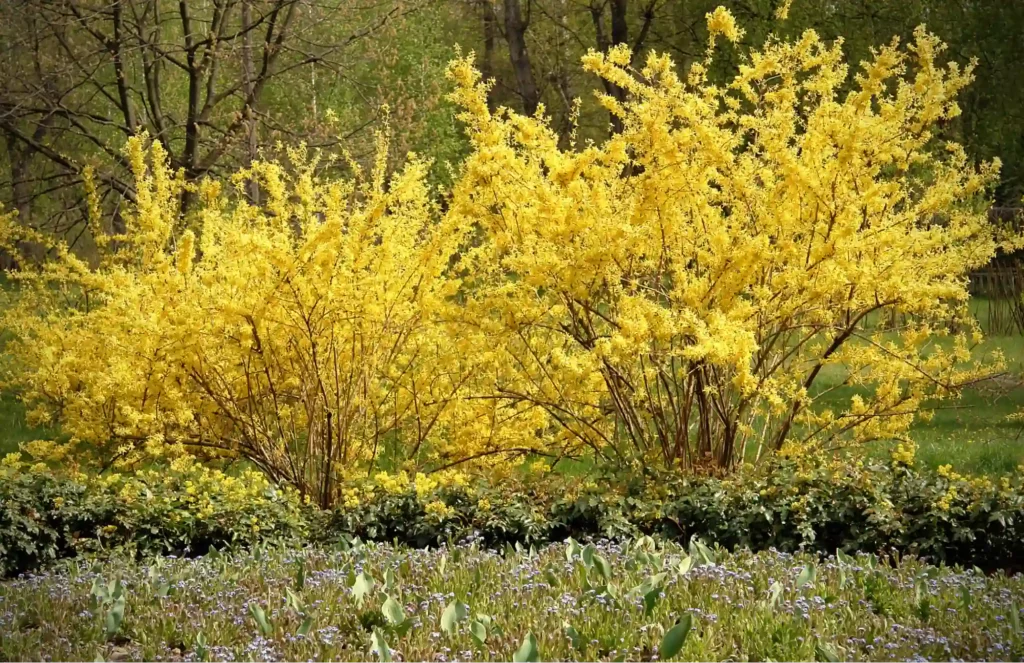
Keep in mind:
If your plant has a single main trunk but remains small and densely branched, it might be a borderline case. In such cases, use the leaf and reproductive traits to confirm.
Examine the Leaves in Detail
Leaves often provide the strongest clues for shrub identification, especially in the growing season. Focus on these traits:
- Arrangement: Opposite (paired across the stem), alternate (staggered), or whorled (in rings)? This trait alone can separate species groups.
- Shape and size: Elliptical, ovate, lobed, needle-like? Also note whether they’re broadleaf or scale-like (as in many evergreens).
- Margin: Entire (smooth), serrated (toothed), or deeply lobed?
- Surface: Is it hairy (pubescent), glossy, rough, or soft? Touch can tell you what eyes miss.
- Coloration: Note any variegation or seasonal changes. Many shrubs have cultivars with purple, gold, or two-toned leaves.
Helpful tip:
Young leaves may look different from mature ones. Try to observe fully developed growth from mid-season if possible.
Look at the Bark and Stem Characteristics
In leafless months, bark becomes the primary feature for identification. Shrubs vary widely in bark texture, color, and branching structure. Key things to look for:
- Texture: Smooth, flaky, ridged, or peeling?
- Color and tone: Dogwood stems are often reddish. Willow shrubs may have yellow or green twigs.
- Branching angle: Some shrubs (like viburnums) branch at wide angles, while others (like honeysuckle) stay tighter.
- Lenticels: Small pores or spots on bark that may appear as dots or lines, often species-specific.
Don’t overlook the scent: When crushed, stems from shrubs like spicebush or sweetshrub release distinctive aromas.
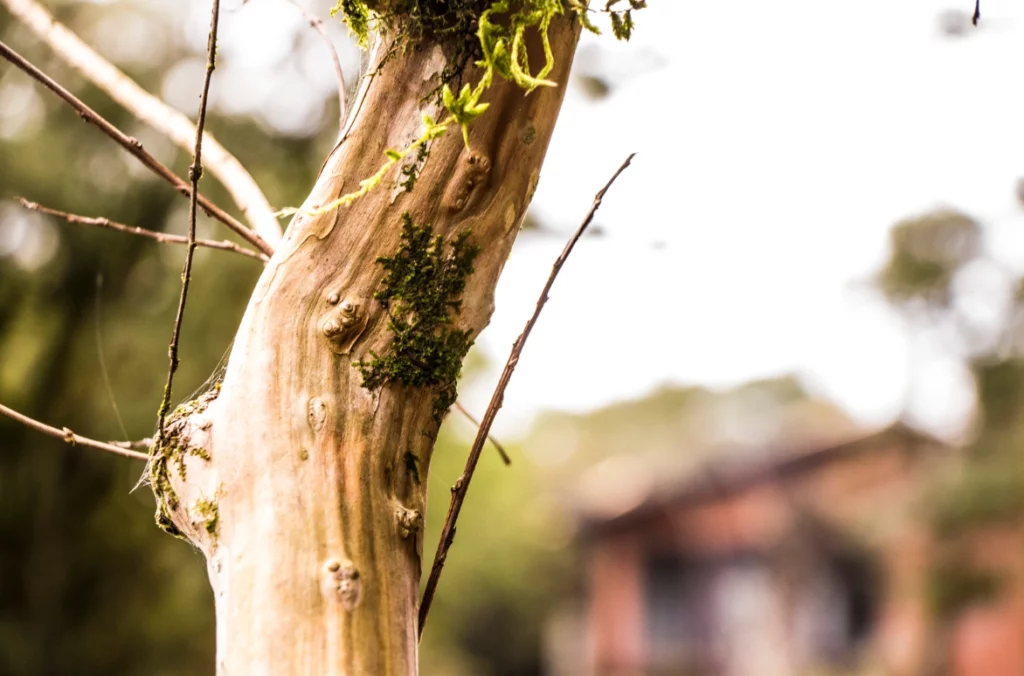
Identify Flowers, Fruit & Buds
These are the most defining traits, but they may only appear for a few weeks each year. If you spot flowers or fruit, record them in detail or take close-up photos. Track these details:
- Flower type: Are they showy or subtle? Single blooms or in clusters?
- Color and timing: Spring-blooming (like forsythia), summer-flowering (like rose of Sharon), or fall-flowering (like witch hazel)?
- Fruit type: Fleshy berries, dry capsules, drupes, or pods?
- Berry traits: Especially relevant in shrub with berries identification. Note the color (red, blue, black), size, shape, and how they’re arranged on the branch.
Be cautious! Some berries may resemble edible fruits but are toxic. Accurate ID matters not just for curiosity, but for safety.
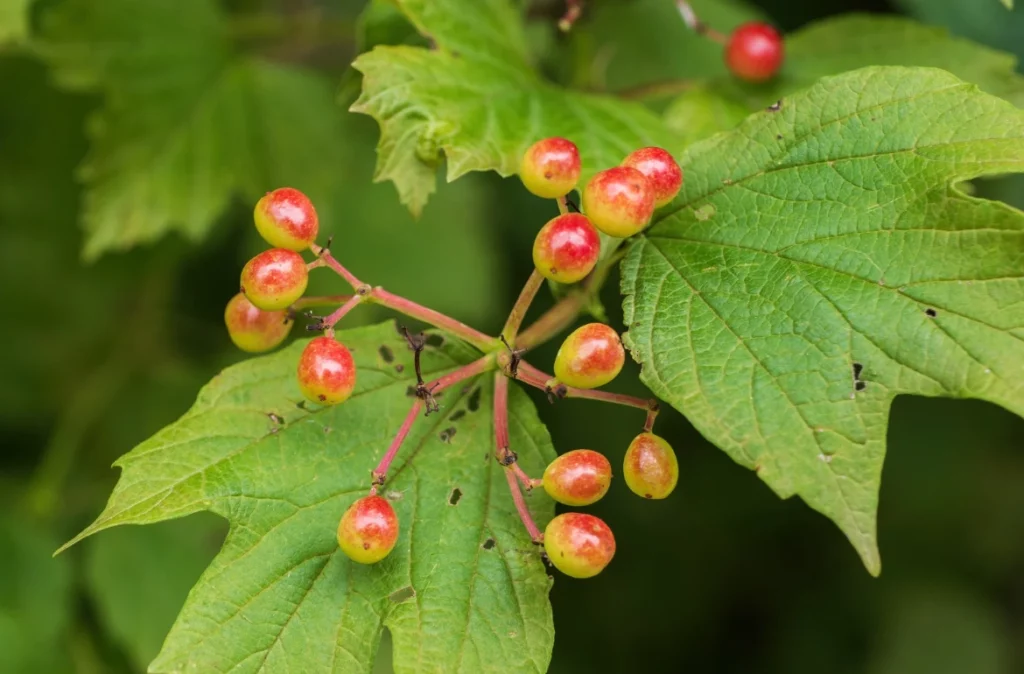
Observe the Growing Environment
Where a shrub grows tells you a lot about what it likely is and what it’s not. Consider:
- Light exposure: Full sun, part shade, or deep shade?
- Soil type: Sandy, clay, loamy, wet, or well-drained?
- Moisture level: Drought-tolerant species like Russian sage won’t thrive in boggy soil, while winterberry prefers it.
- Companion plants: Native shrubs often grow alongside other species with similar needs. For example, spicebush often grows near ferns in moist, wooded areas.
Bush and Shrub Identification: Common Types and Traits
Once you know what to observe (shape, leaves, bark, flowers), the next step in shrub identification is understanding the major groups they fall into. These categories not only help narrow your options but also give you insight into the plant’s role in your yard or landscape.
The four groups include:
Group 1: Evergreen vs. Deciduous Shrubs
One of the easiest ways to categorize shrubs is by whether they keep their leaves year-round (evergreen) or lose them seasonally (deciduous). Evergreen shrubs, such as boxwood or holly, retain their foliage throughout the year. They’re excellent for privacy hedges and structure in winter gardens. Deciduous shrubs, such as hydrangea or forsythia, drop their leaves in the fall but often have showy flowers or berries that make them standout seasonal features.
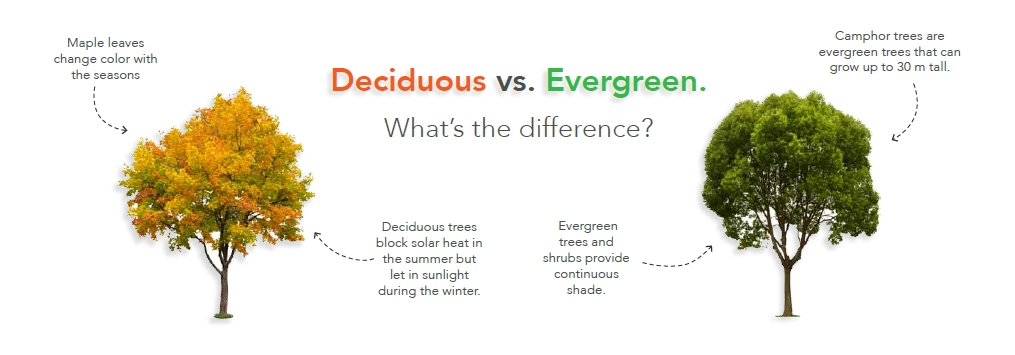
Group 2: Flowering Shrubs
If your mystery shrub blooms, you’ve got a solid clue. Flowering shrubs come in many forms, but these common types are worth knowing:
- Azalea: Known for vivid spring blooms, often in pinks, purples, or whites.
- Hydrangea: Recognizable by their large, ball-shaped flower clusters that change color based on soil pH.
- Viburnum: A diverse group offering white or pink flowers followed by bright berries.
Flower color, bloom timing, and fragrance can all help pinpoint what you’re dealing with.
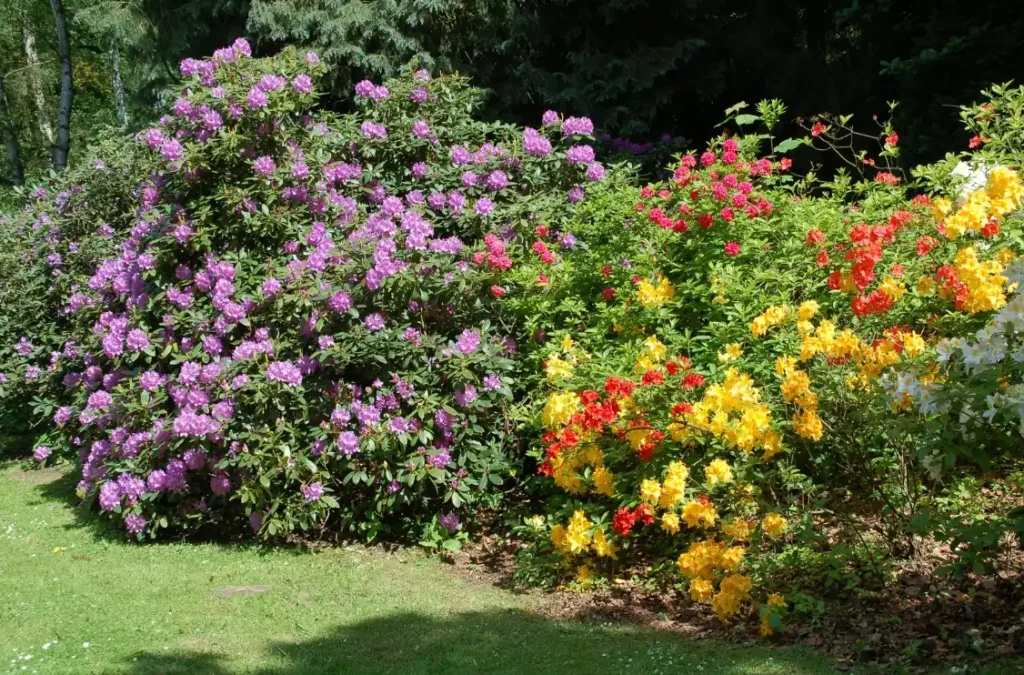
Group 3: Ornamental Foliage Shrubs
Not all shrubs rely on flowers. Some stand out for their striking leaves, whether through color, shape, or texture.
- Japanese barberry: Has reddish-purple foliage and thorny stems; often used in borders.
- Ninebark: Offers peeling bark and dramatic leaf color ranging from deep burgundy to golden green.
These types shine even when not in bloom, and are often used for contrast in garden design.
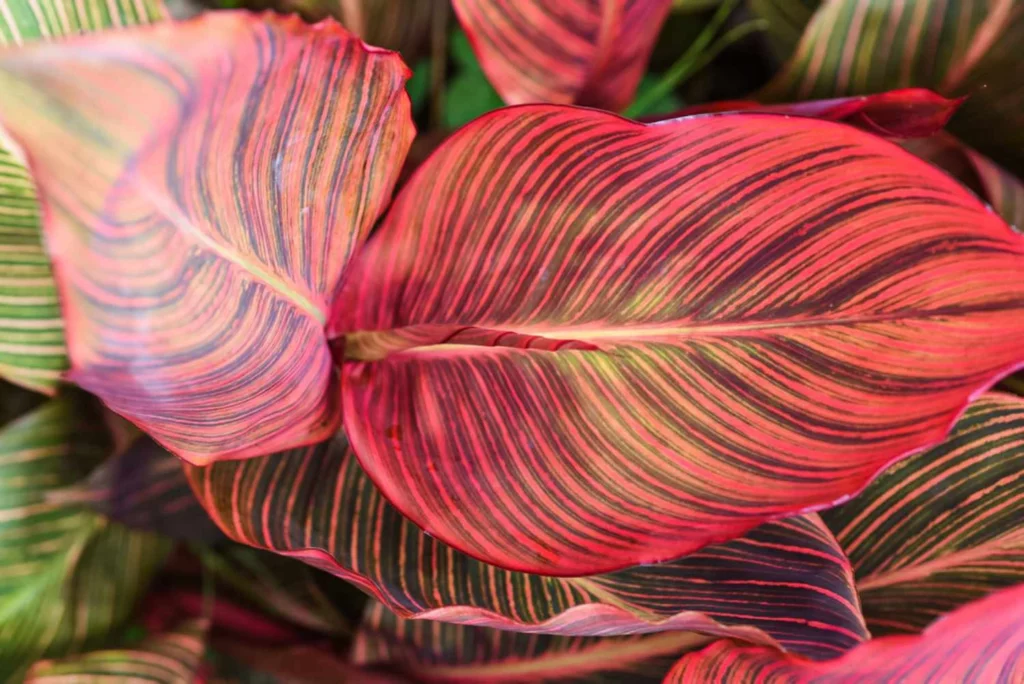
Group 4: Native vs. Invasive Shrubs
Knowing whether a shrub is native or invasive is essential for eco-conscious gardeners.
- Native shrubs, like serviceberry or elderberry, support pollinators and local wildlife.
- Invasive shrubs, such as burning bush or multiflora rose, may spread aggressively and crowd out native plants.
When identifying a shrub, this context can influence whether to preserve it, prune it, or replace it.

Comparison Table of Common Yard Shrubs
| Shrub Name | Type | Evergreen/ Deciduous | Key Features | Notes |
| Boxwood | Ornamental hedge | Evergreen | Dense, small leaves; often pruned | Popular for borders |
| Hydrangea | Flowering | Deciduous | Large blooms; color shifts with soil pH | Needs regular watering |
| Forsythia | Flowering | Deciduous | Bright yellow flowers in early spring | Early bloom = reliable ID clue |
| Japanese Barberry | Ornamental | Deciduous | Reddish leaves, spines on stems | Can be invasive in some areas |
| Elderberry | Native + Berry | Deciduous | White flowers, dark edible berries | Supports wildlife; multi-stemmed |
| Burning Bush | Invasive | Deciduous | Red fall color; smooth green leaves | Often banned in some states |
Shrub with Berries Identification: What to Look For
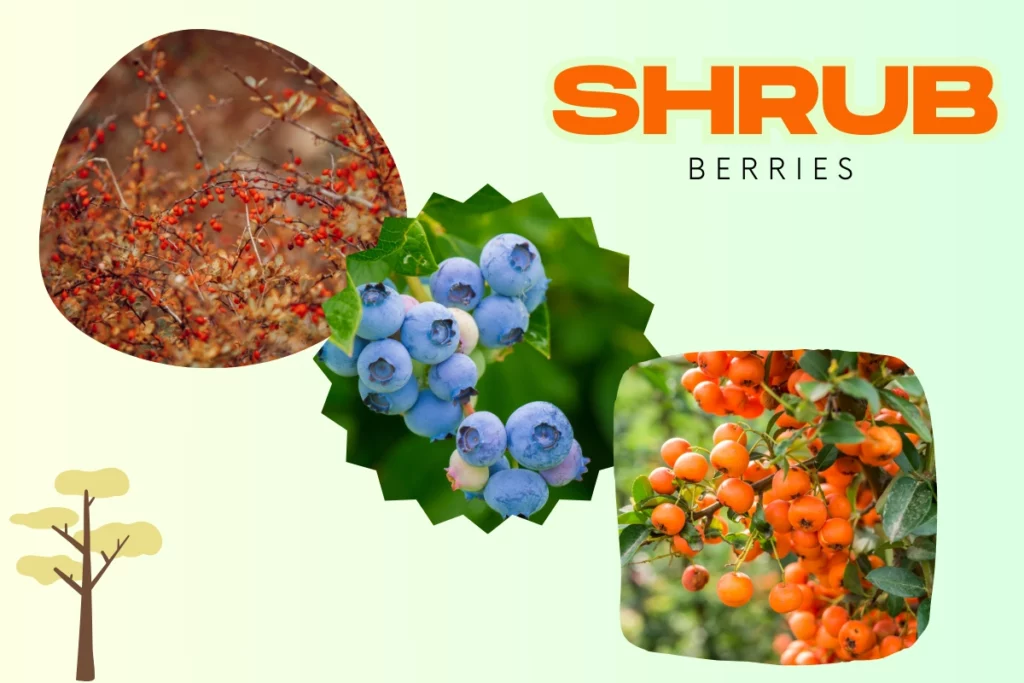
Berries are one of the most helpful features for shrub identification, especially when flowers are gone. To identify a shrub with berries, focus on four key traits: color, season, shape, and safety.
1. What color are the berries?
Color is your first clue:
- Red berries often come from shrubs like holly, winterberry, or Japanese barberry. These usually appear in fall or winter.
- Blue or purple berries suggest species like elderberry or beautyberry, which often fruit in summer or early fall.
- White berries can point to snowberry or doll’s eyes (the latter is toxic).
2. When do the berries appear?
Timing matters. If berries are visible in late fall or winter, you’re likely looking at cold-season species like holly or winterberry. Summer-bearing shrubs include elderberry and serviceberry.
3. What do the berry clusters look like?
Pay attention to how berries are arranged:
- Tightly packed clusters (like grapes) are typical of elderberry.
- Single berries or spaced pairs are common in holly.
- Rounded or oval shapes help narrow things down further.
4. Are the berries safe to touch or eat?
Not always. Some shrubs produce edible berries, like elderberry, which is safe when cooked. But others, such as pokeweed or privet, are toxic if ingested and can irritate the skin.
Shrub Identification Tips: How to Get It Right?
1. Take clear, well-lit photos. Capture the whole shrub, a close-up of the leaves, and any flowers or berries. Natural daylight works best, and try not to use flash.
2. Photograph from different angles. Get shots from the side, above, and directly facing the leaf or fruit cluster. Include the bark if possible.
3. Compare your shrub with local species. Certain shrubs are more common in specific regions. Knowing your local plant list narrows down the possibilities.
4. Ask your neighbors or join local plant groups. Chances are, someone nearby has the same shrub or knows what it is.
5. Use a plant identification app like Planteyes. It helps match your photos with likely species and keeps a visual record of everything you’ve found.
Conclusion
From this detailed guide, I hope you have a whole picture of shrubs. They are all around us, from neatly trimmed garden borders to wild thickets on hiking trails. Once you start paying attention, you’ll see them everywhere. And with a bit of practice, shrub identification becomes less of a mystery and more of a rewarding habit. If you’re curious to start, try the Planteyes app. It makes it easy to snap, identify, and log the shrubs around you, all in one place.
FAQs
How do I know if a plant is a shrub or a small tree?
Shrubs usually have multiple stems and stay under 15 feet tall. Trees have one main trunk and grow taller. Shrubs also tend to be bushier and closer to the ground.
What’s the best time of year to identify a shrub?
Late spring to early fall is best. That’s when shrubs show leaves, flowers, or berries, which are key for identification.
Are berry-producing shrubs always edible?
No. Some, like elderberry, are edible when cooked. Others, like pokeweed or yew, are toxic. Never eat berries unless you’re completely sure they’re safe.
What are practical tools to identify shrubs?
Use a plant identification app like Planteyes, a local field guide, or join gardening groups to compare photos and get expert input.


